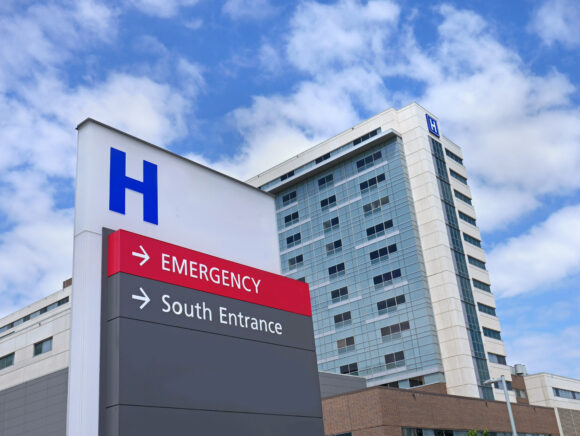Injured workers got timely initial help during the COVID-19 pandemic but faced a longer wait for surgery compared to pre-pandemic years.
A new Workers Compensation Research Institute (WCRI) FlashReport examined the time from injury to first medical service among workers’ compensation patients across states and over time for different types of services in 2020 and 2021, the first two years of the pandemic, relative to the pre-pandemic years.
Many factors can impact the course and time of medical services, depending on the natural course of injury progression and individual decisions.
Workers’ compensation policy choices can also affect the timeliness of treatment, including:
- Choice of provider
- Treatment guidelines or protocols
- Preauthorization of services
- Utilization review requirements
- Certification of networks
- Reimbursement levels
Entry Services
“Entry” services included first medical treatment by type of service, such as emergency department visits and evaluation.
During the COVID-19 pandemic, there were no significant delays in the time to first “entry” services. The first emergency visit occurred on the day of injury, and the initial evaluation and management service was within one to four days of injury for most workers in all study states. While fewer workers had emergency and office visits during the first two years of the pandemic, the typical time from injury to the first visit remained similar to the pre-pandemic years.
The increased use of telemedicine may have contributed to the stability in the time to initial office visits.
The time to first physical medicine service varied across states and by provider type. For example, the initial physical medicine service occurred sooner when nonhospital physical or occupational therapists provided it than when it was delivered in hospital outpatient settings.
Surgical solutions
Surgery is defined as “major surgery,” including invasive surgical procedures rather than surgical treatments or pain management injections. The most common major surgeries include arthroscopic surgeries of the shoulder or knee, laminectomies, laminotomies, discectomies, carpal tunnel surgeries, neuroplasty and hernia repair. According to the WCRI CompScope Medical Benchmarks studies, these four service types represented about 34% of total medical payments in 2021/2022.
In contrast to entry services timeliness, most states had delays in the time to surgery during the early pandemic period in 2020, a trend that began to reverse in 2021. The general trend of prolonged time from injury to first surgery in 2020 likely reflects the temporary suspensions of nonemergency surgeries and healthcare labor shortages.
Differences in the supply of medical services may contribute to the variation in time to first surgery across states. Fifteen of the 17 study states experienced a more extended time from injury to the first surgery in 2020/2021 compared with 2019/2020, with the increase in the median number of days ranging from three days in Michigan and Tennessee to 18 days in Massachusetts. In 2021/2022, the time to initial surgery started to decline back to pre-pandemic levels in most states.
Topics Workers' Compensation COVID-19
Was this article valuable?
Here are more articles you may enjoy.



 Florida Bill Advances, Would End Board of Engineers, Other Professional Agencies
Florida Bill Advances, Would End Board of Engineers, Other Professional Agencies  Delta Plane Catches Fire at Orlando Airport in Latest Incident for Airline
Delta Plane Catches Fire at Orlando Airport in Latest Incident for Airline  Class Action Accuses Toyota of Illegally Sharing Drivers’ Data With Progressive
Class Action Accuses Toyota of Illegally Sharing Drivers’ Data With Progressive  Global Q1 Commercial Insurance Rates Drop 3%, but US Casualty Bucks the Trend
Global Q1 Commercial Insurance Rates Drop 3%, but US Casualty Bucks the Trend 

